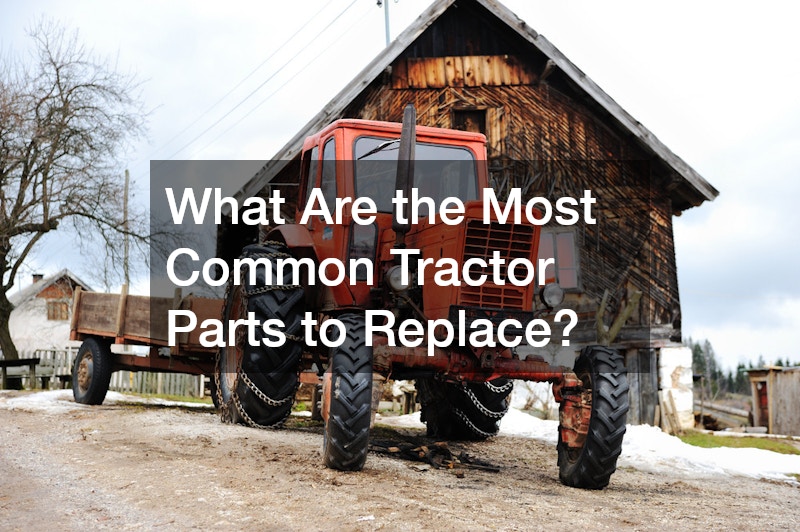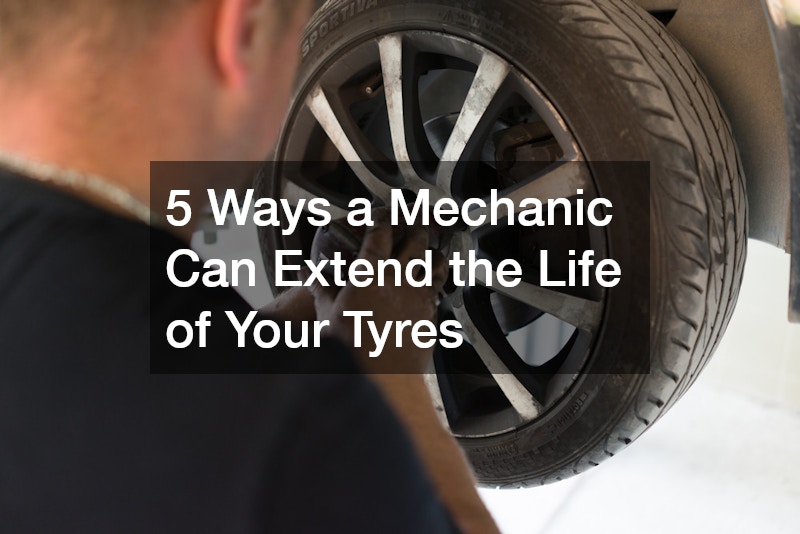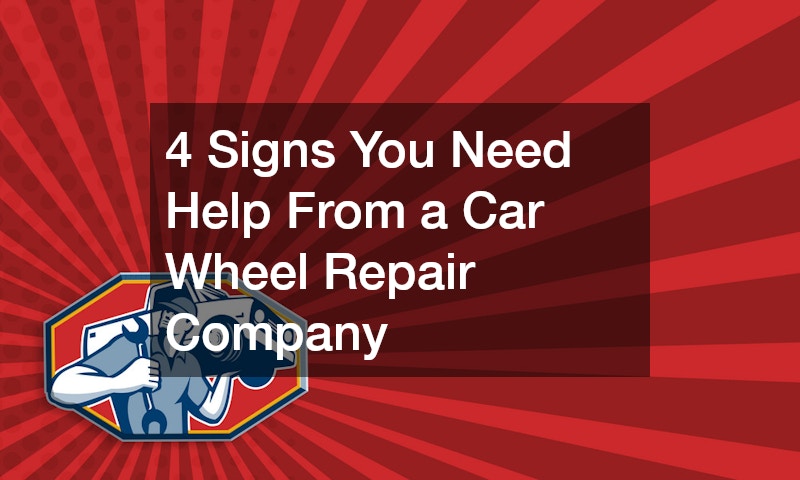Tractors are among the most essential pieces of machinery in modern agriculture, relied upon daily for ploughing, tilling, hauling and many other tasks. Like any mechanical equipment, tractors experience wear and tear over time — especially when used in rugged, high-demand environments. Keeping them in peak condition requires regular maintenance, including the timely replacement of worn or damaged parts.
Understanding which tractor parts most commonly need replacing helps operators avoid unexpected breakdowns and keep equipment working efficiently. Here are the most frequently replaced components, and why keeping them in top shape matters.
Tyres and Wheels
Tyres are subjected to extreme conditions and heavy loads on a daily basis. Over time, tread wears down, and sidewalls become prone to cracking or punctures — especially when operating across rough terrain, rocky fields or muddy ground.
Inadequate tyre traction can lead to slippage, reduced fuel efficiency and even safety hazards. Replacing worn tyres ensures optimal grip, smoother handling and greater stability across varying field conditions. Wheel rims may also become damaged through impact or corrosion and require replacement.
Hydraulic Hoses and Seals
Tractors depend heavily on hydraulics to operate attachments like front-end loaders, backhoes and three-point linkages. Hydraulic hoses and seals endure high pressure and repetitive motion, which eventually causes them to degrade or leak.
Replacing these components is critical to maintaining hydraulic power and preventing fluid loss, which could otherwise lead to reduced performance or even failure of key systems. Damaged hoses can also pose environmental risks due to fluid spills.
Engine Belts
Belts play a vital role in powering various engine-driven systems such as the alternator, cooling fan and power steering. Over time, belts can crack, stretch or slip, especially in high-heat environments or during long periods of use.
Worn belts are one of the leading causes of unexpected downtime in tractors. Regular inspection and timely replacement help avoid overheating, loss of electrical charge or reduced steering efficiency. It’s advisable to carry spare belts for older tractors or during extended field work.
Air, Fuel and Oil Filters
Filters are among the most routinely replaced tractor parts — and for good reason. Clean filters protect the engine by removing contaminants from the air intake, fuel system and lubrication cycle. When filters become clogged, airflow and fluid flow are restricted, leading to decreased performance and increased wear on internal components.
Dirty air filters can cause the engine to run rich, consuming more fuel. Clogged oil filters may lead to reduced lubrication and increased engine friction. Replacing these filters on schedule is a simple yet highly effective way to extend engine life and maintain reliability.
Batteries and Electrical Components
Tractor batteries are exposed to vibration, temperature fluctuations and demanding electrical loads. Over time, they lose their ability to hold a charge, particularly in cold weather or after long periods of inactivity. Signs of battery failure include difficulty starting, dim lights or intermittent electrical faults.
In addition to batteries, wiring harnesses, fuses and ignition switches may also need replacement due to age, wear or corrosion. Keeping the electrical system in working order ensures the tractor starts reliably and powers all necessary controls and accessories.
Clutch and Brake Components
The clutch is essential for smooth gear changes and power transfer, particularly in manual transmission models. Excessive use, especially under load or when towing, can wear down the clutch disc, pressure plate and release bearing.
Likewise, brake pads and discs degrade over time, particularly when operating on hilly terrain or while transporting heavy loads. Worn clutches or brakes compromise control and safety, so prompt replacement is essential for both operator safety and machinery performance.
Bearings and Bushings
Tractors have multiple moving parts — from steering arms to wheel hubs and suspension linkages — that rely on bearings and bushings to minimise friction and support motion. These components wear out gradually and can cause grinding noises, looseness or vibration when they fail.
Replacing worn bearings or bushings restores smooth operation, reduces stress on surrounding parts and prevents further mechanical issues. It’s important to use high-quality replacements to ensure durability and compatibility with the equipment.
Maintaining Peak Performance
Being proactive about replacing common parts can significantly extend the lifespan of your machinery, improve safety and reduce long-term repair costs. Waiting until a part fails not only causes downtime but often results in more extensive damage and expense.
Operators should keep a regular maintenance schedule and inspect key components frequently, especially during busy seasons. Keeping commonly replaced parts on hand — such as filters, belts and hydraulic hoses — can reduce delays when repairs are needed.
When sourcing replacement parts, it’s important to choose products that meet manufacturer specifications. Using low-quality or incompatible parts may result in reduced performance or even damage to the machine. Always consult the owner’s manual or speak with a professional technician for guidance on correct fitment and installation.
Tractors are an investment that pays off through productivity and reliability — but only with proper upkeep. Knowing which parts are most likely to wear out helps ensure timely maintenance, fewer breakdowns and safer operation in the field.
From tyres and filters to hydraulic seals and clutch assemblies, replacing worn components is an essential part of keeping your equipment in working condition. By addressing these common maintenance needs, operators can maximise uptime, protect their investment and keep their tractors running strong season after season.
.




